What is Visual Perception?
Affiliate and Referral links are used below to promote products I love and recommend. I receive a commission on any purchases made through these links. Please see my disclosure policy for more details. As an Amazon Associate, I earn from qualifying purchases.
Today we are going to take a look at a part of child development that you may not be familiar with. What is visual perception? Why is it important? What can you do to help your child who may have visual perceptual challenges? Keep reading to get answers to all these questions.
Let's dig in!
Table of contents
Visual Perception Definition
Visual perception can be defined as the process of our brain understanding what we see and interpreting it. An easy way to remember this is that visual perception is the brain making sense of what the eyes see.
This is NOT the same as how well a child or person sees. Visual acuity, while important, is something completely different from visual perception.
What is the Process of Visual Perception?
Visual perception begins when light hits your retina. Your eye is able to distinguish between colors, patterns, structures, or shapes. When the light hits the retina, this sends an electrical signal to the brain, specifically to the cerebral cortex. This signal travels through from the rods and cones in your eye to the optic nerve and the thalamus.
Visual perception not only needs eye development but cognitive development to build visual connections from memories.
Visual Perception Development
Visual perception develops as part of visual-motor development and is particularly important for future hand function.
By about 4 months old, a baby will use its vision to guide its hand to grasp or reach for objects.
The visual-motor skills needed for grasping and to begin using the fingers for grasping develop around 6 months old.
As a baby grows, its visual-motor skills develop and mature which allows it to eventually manipulate smaller objects, modify movements based on how much they think something weighs, adjust grasp based on size, shape, or surface, and guides them in manipulating objects for play and social interaction.
Eventually, this development leads to academic needs such as grasping a pencil or using scissors while holding the paper (bilateral coordination).
For specifics on visual-motor development, you can download my free Visual-Motor Development Checklist here (you will need to enter your email address to receive this free download, you can unsubscribe at any time).
Visual perception specifically refers to the ability to interpret what the eyes are seeing. This skill includes 3 sub-categories of visual cognitive abilities, spatial perception, and object perception.
These skills develop and mature as a child is exposed to different experiences, especially through play.
Visual Perception Struggles in Children
What does it look like when a child might be struggling with visual perception?
Here are a few red flags:
- Not lining up math columns correctly (horizontally or vertically)
- Writing off the page
- Poor spelling
- Poor eye-hand coordination (throwing or catching skills)
- Poor organization skills
- Slow handwriting speed and illegible handwriting
For more visual perception red flags, check out FREE HANDOUT from Miss Jaime O.T.
If you suspect your child or student struggles with visual perception, rule out any physical issues with the eyes first by taking your child to an optometrist for an eye exam.
Also, your child's physician to request an Occupational Therapy evaluation to address any visual perception concerns.
Visual Perception and Occupational Therapy
Visual perception is an important skill for reading, math, language, and social skills. Children who have difficulty with visual perception can often benefit from Occupational Therapy services.
An Occupational Therapist works with all ages, but specifically with children who struggle in areas of child development that impact their everyday life. This can include visual perception struggles.
Occupational Therapists (OT) are specially trained to look for the underlying reasons that a child could be struggling in the classroom or with everyday life skills.
An Occupational Therapist will use a standardized test or assessment to check for visual perception struggles. This could include:
- Beery-Buktenica Developmental Test of Visual-Motor Integration
- Test of Visual Perceptual Skills – 4th Edition
- Developmental Test of Visual Perception – 3rd Edition
Occupational Therapists will use these evaluations and assessments to discover what may be causing a child's visual perception challenges and then create goals and a plan of care based on those goals.
Occupational Therapy Assistants are also able to treat children with visual perceptual challenges by working on activities that will address these underlying skill deficits.
These activities may often look like “just play”, but that is because play is the best form of learning for children. Both OTs and OTAs are specially trained to choose the right types of activities or “play” that will address the goals they have chosen for your child or student.
Visual Perception Activities
The most important thing you can do to encourage visual perception is to just let your child PLAY.
Play is how a child learns and explores the world. Allowing ample playtime and exposing your child or student to as many experiences as possible is the best way to encourage visual perception skills.
Other more structured activities can include:
- Puzzles
- Mazes
- Board games that focus on letters
- Cards
- Memory games
The Basics of Visual Perception
Understand the importance of visual perception…
- Encourage skills needed for math, reading, handwriting, movement, and more.
- Improve visual perception and other visual-motor skills needed for future handwriting, cutting, and math skills.
- Make visual perception activities fun and engaging for preschool through elementary-age children!
The Basics of Visual Perception Includes…
→ Detailed description of visual perception, including the 7 categories of visual-perceptual skills
→ Visual-Motor development for ages 0-6
→ Explanation of visual-motor integration and how visual perception fits
→ Activity suggestions to strengthen visual perceptual skills
→ Handout of the visual-motor developmental milestones
→ Worksheets to help build visual-perceptual skills
156 pages total. Digital download/PDF product ONLY.
EU Readers: I am unable to sell to those in the EU directly because of VAT. Please purchase this product from my listing on TPT by CLICKING HERE.
Resources:
Visual Perception – An Overview from Science Direct
Occupational Therapy for Children and Adolescents 7th Edition
For more resources, check out the links below.

Heather Greutman, COTA
Heather Greutman is a Certified Occupational Therapy Assistant with experience in school-based OT services for preschool through high school. She uses her background to share child development tips, tools, and strategies for parents, educators, and therapists. She is the author of many ebooks including The Basics of Fine Motor Skills, and Basics of Pre-Writing Skills, and co-author of Sensory Processing Explained: A Handbook for Parents and Educators.

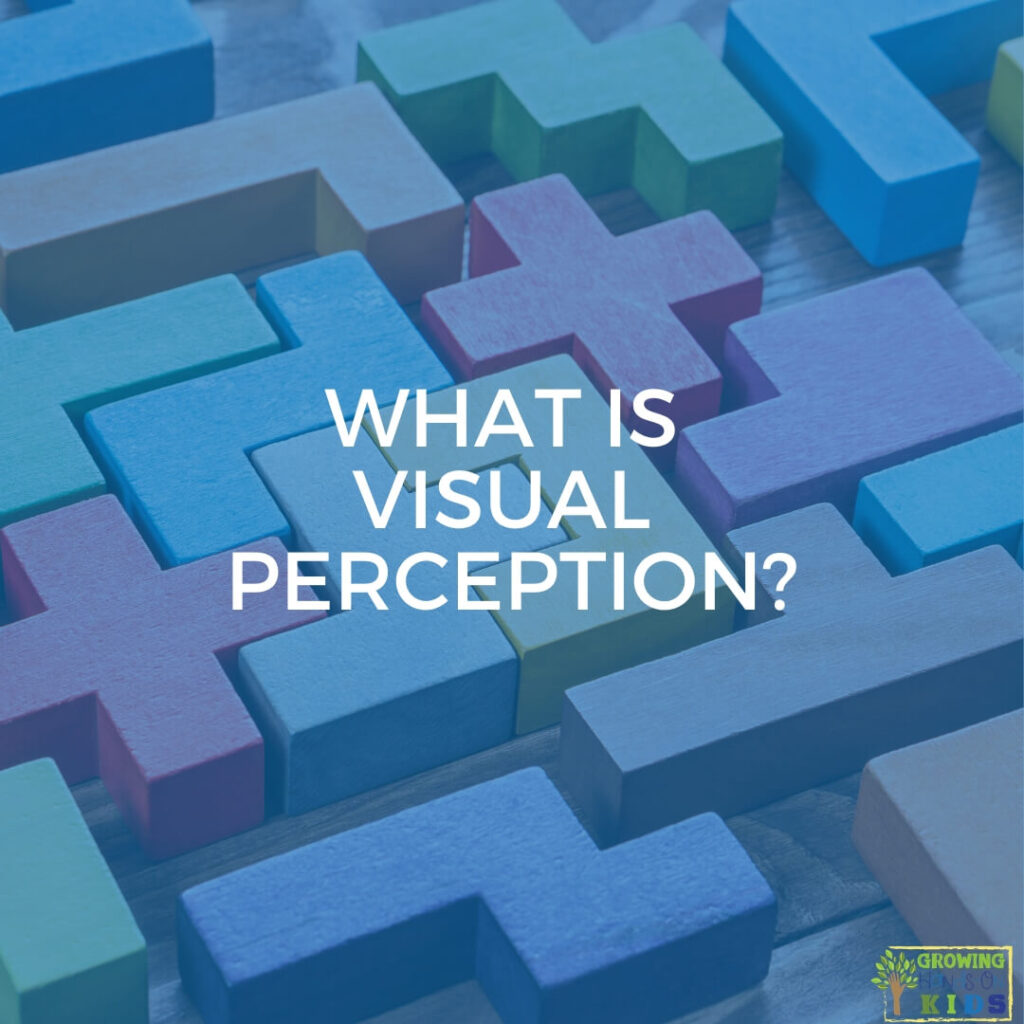
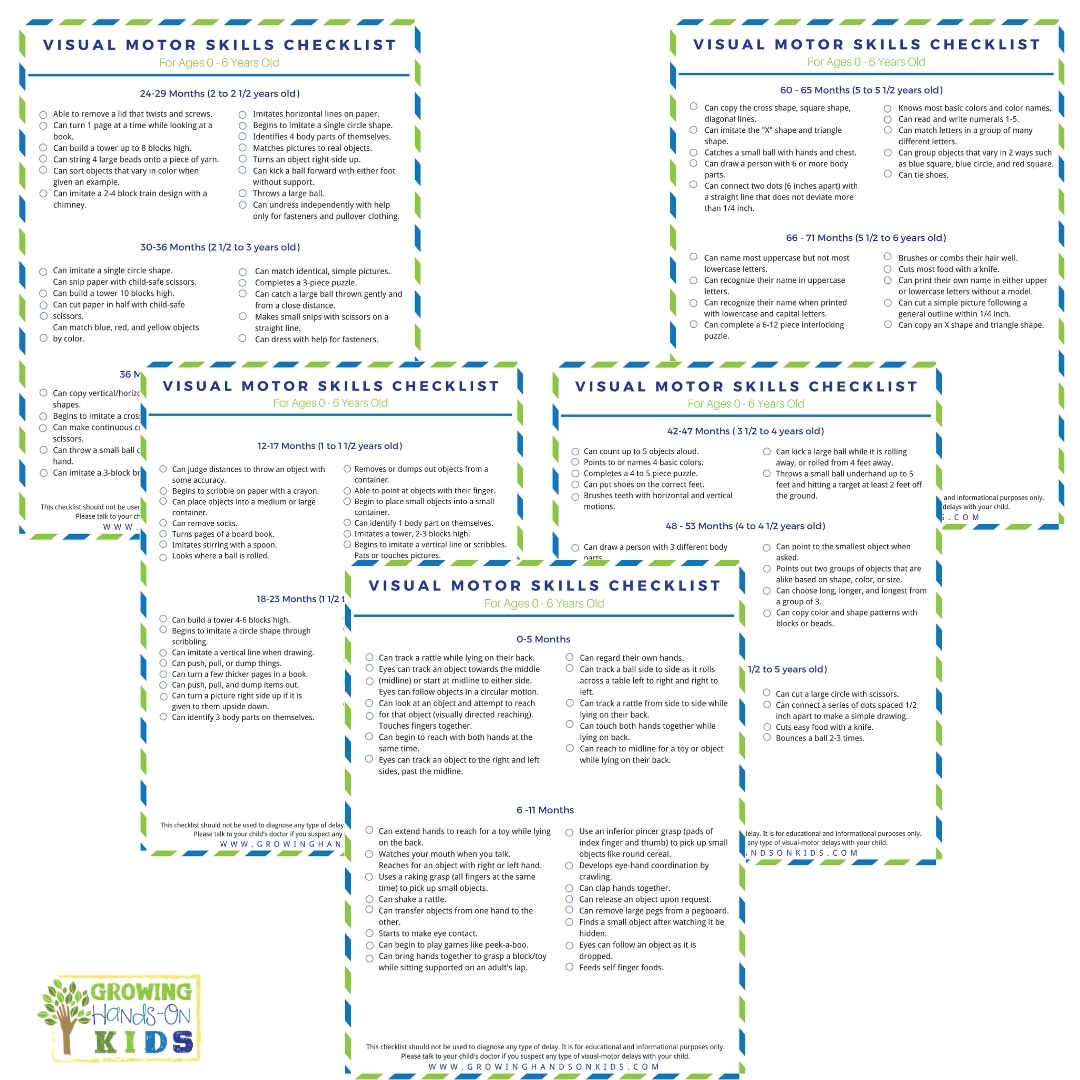
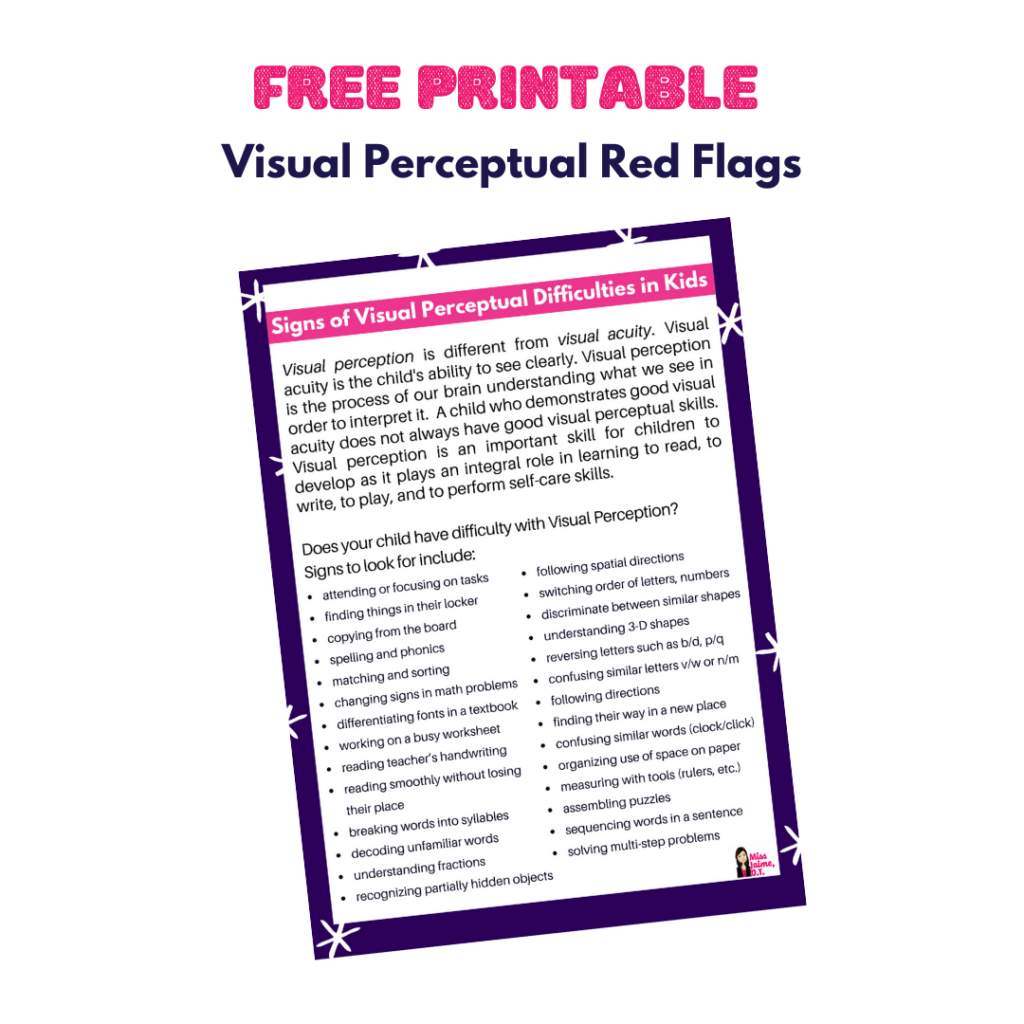
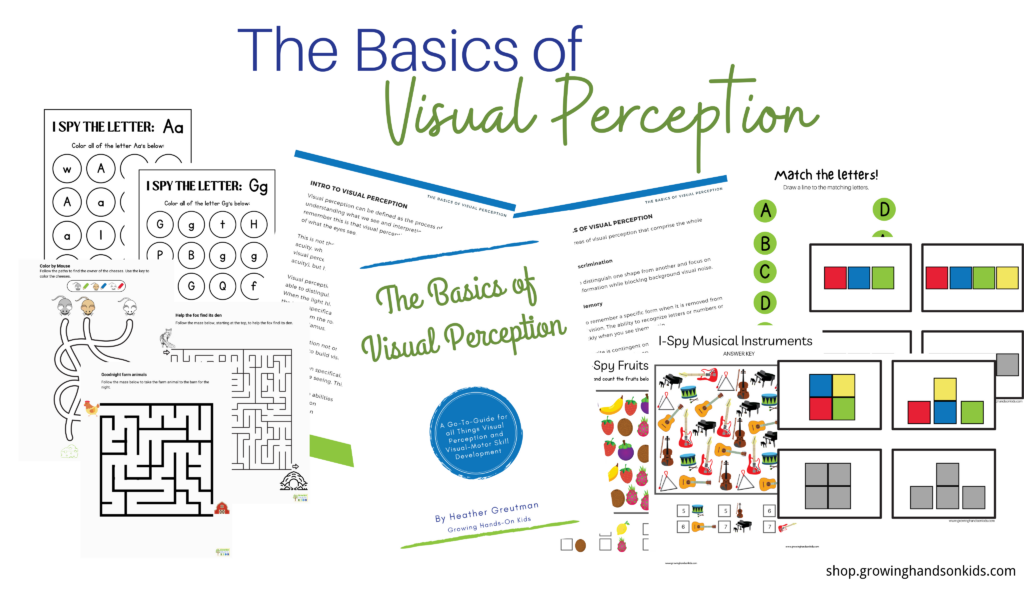
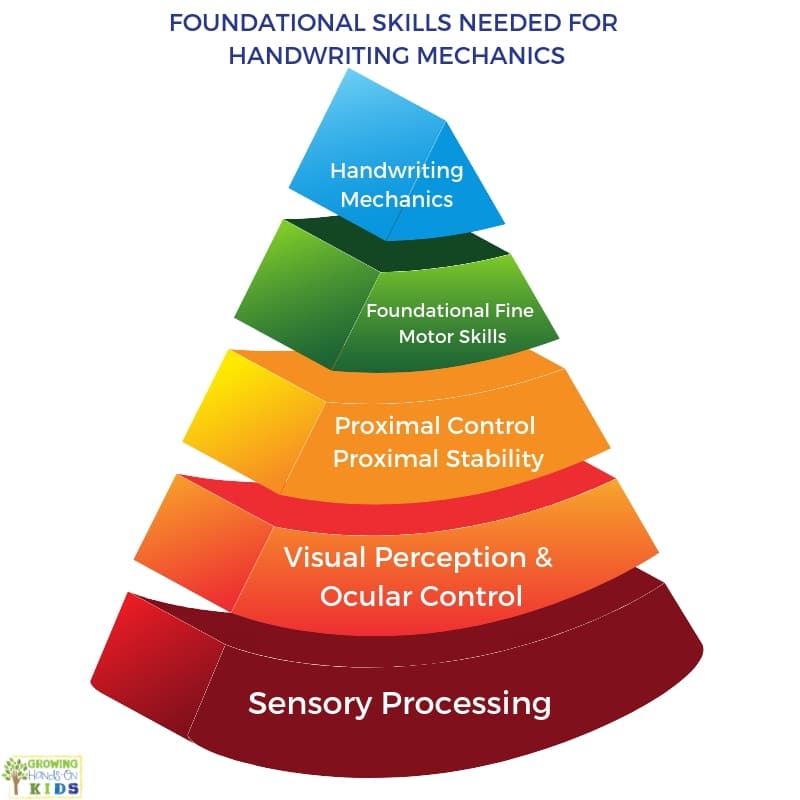
Thank you for the clear explanation!
Now I understand why it matters. It is a basic skill without which many others cannot develop. I like this workbook.
Thank you! Your things have been wonderful so far.
Thanks Jenny!